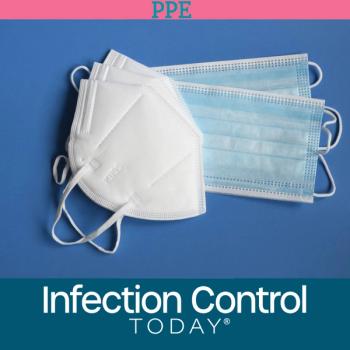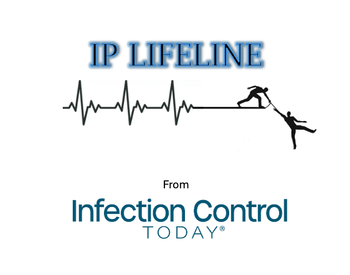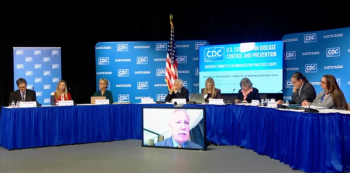
HAI-Related Windfalls Must Be Spent Wisely
Did you read the hundreds of pages of the American Recovery and Reinvestment Act of 2009? Neither did I. Fortunately, we didn’t have to, as the Association for Professionals in Infection Control and Epidemiology (APIC) quickly identified the paragraph that is most important to the community: that the stimulus bill earmarked $50 million for states to implement healthcare-associated infection (HAI) reduction strategies. That money is part of $1 billion to fund prevention and wellness programs out of the $787 billion stimulus package signed into law by President Obama on Feb. 17.
There was a big chance, however, that this money would have slipped away. The House version of the bill would have provided $3 billion for prevention and wellness, with $150 million going toward HAI reduction efforts, but a Senate compromise bill provided no such funding, period. The amazing thing is how, at APIC’s request, more than 2,000 infection preventionists besieged their Congressmembers with requests to restore this important funding. Infection preventionists prevailed and the bill passed with the HAI-related language retained.
“We applaud Congress and President Obama for taking swift action to help solve the problems confronting our economy and appreciate that lawmakers took the comments of infection preventionists into consideration when drafting the final legislation,” said APIC CEO Kathy L. Warye in a prepared statement. “This funding will support both national and local efforts to reduce HAIs which claim 99,000 lives each year. We hope that this increased attention will drive compliance with evidence-based interventions to reduce these infections. We look forward to continuing our partnerships with healthcare professionals, policy makers, insurers and patient advocacy groups to provide support and education in this important endeavor.”
The Prevention and Wellness Fund will be administered through the Department of Health and Human Services (HHS) Office of the Secretary, with $300 million going to the Centers for Disease Control and Prevention (CDC) to carry out the immunization program authorized by the Public Health Service Act. Evidence-based clinical and community-based prevention and wellness strategies authorized by the PHS Act will receive a $650 million infusion of funding for the delivery of specific, measurable health outcomes that address chronic disease rates.
The money comes with several caveats: not more than 0.5 percent of funds may be used for HHS’ management and oversight expenses; the HHS secretary will annually evaluate the quality and effectiveness of the programs carried out with stimulus bill funding; and in one year the HHS secretary will deliver a report summarizing these evaluations to Congress. The most immediate action to expect is within 90 days for the HHS secretary to create an operating plan for the Prevention and Wellness Fund prior to making any federal obligations of funds, as well as indicate the prevention priorities to be addressed, provide measurable goals for each prevention priority, detail the allocation of HHS resources, and identify which programs or activities are supported.
While this kind of oversight does not necessarily ward off misappropriation and waste, more importantly, the eyes of the healthcare community and specifically those of infection preventionists, will be on state legislators who must make good use of their HAI-related windfalls. The bill can be accessed at
Until next month, bust those bugs!
Kelly M. Pyrek
Editor in Chief
Newsletter
Stay prepared and protected with Infection Control Today's newsletter, delivering essential updates, best practices, and expert insights for infection preventionists.






